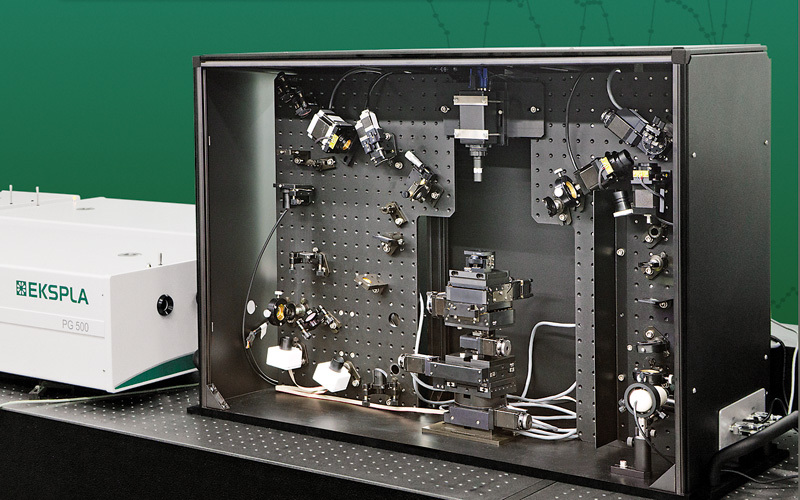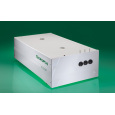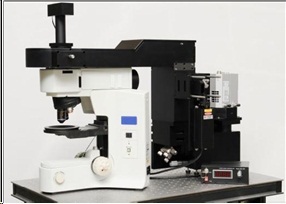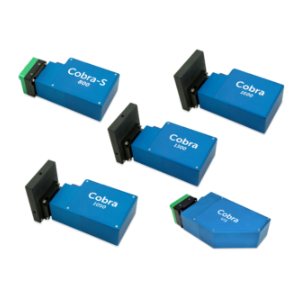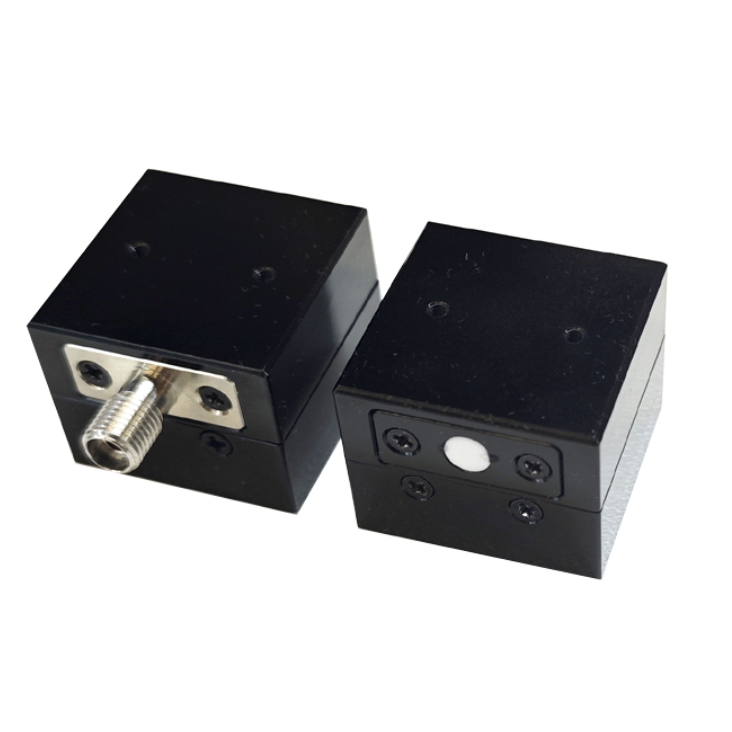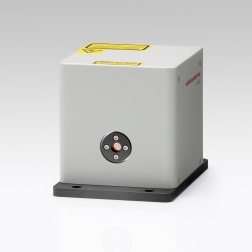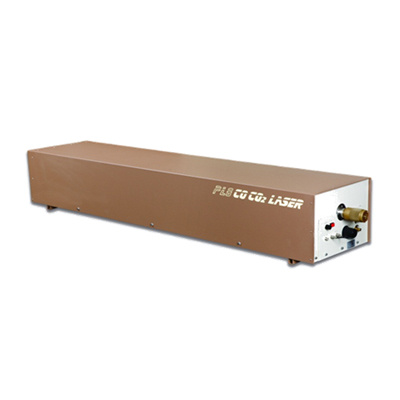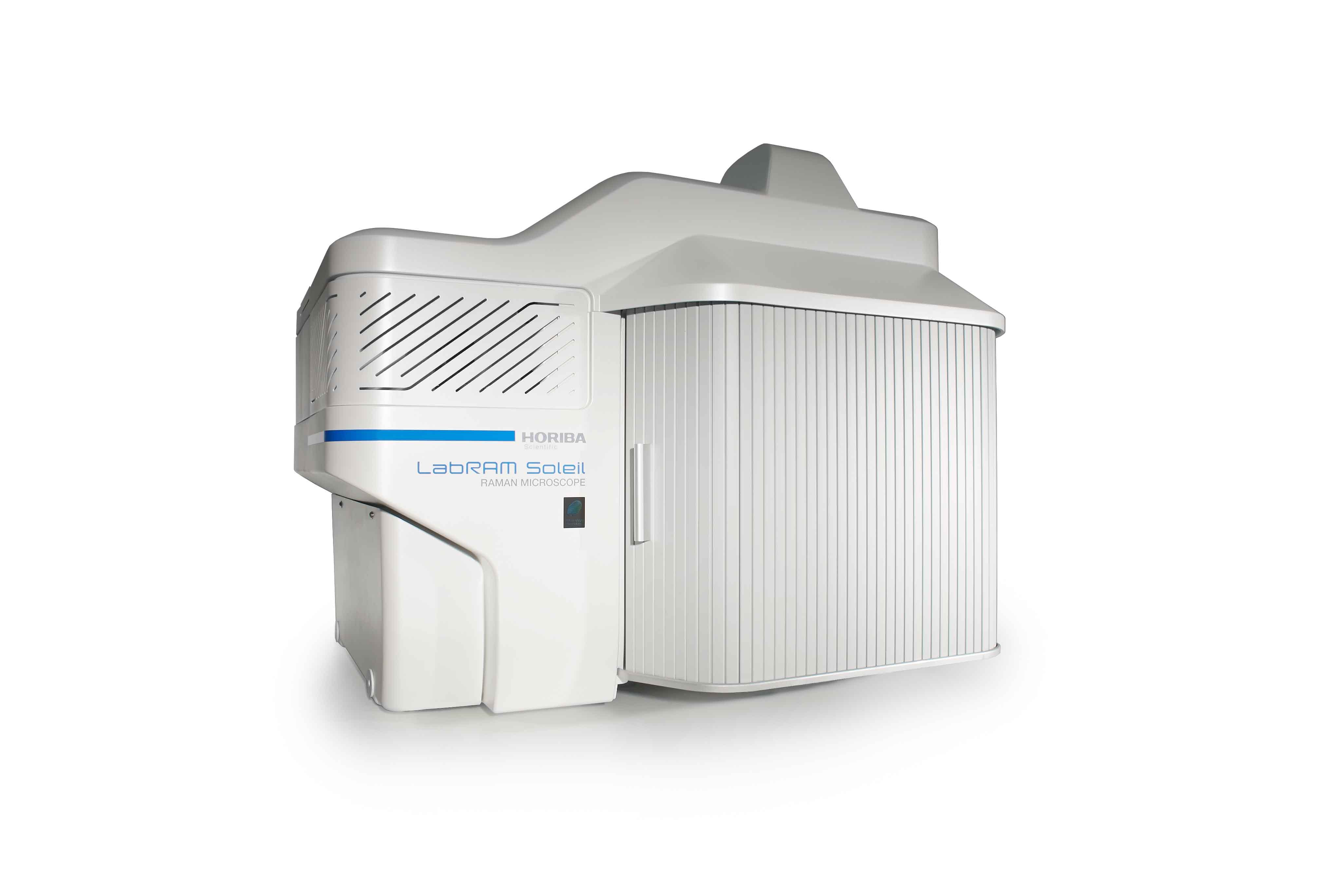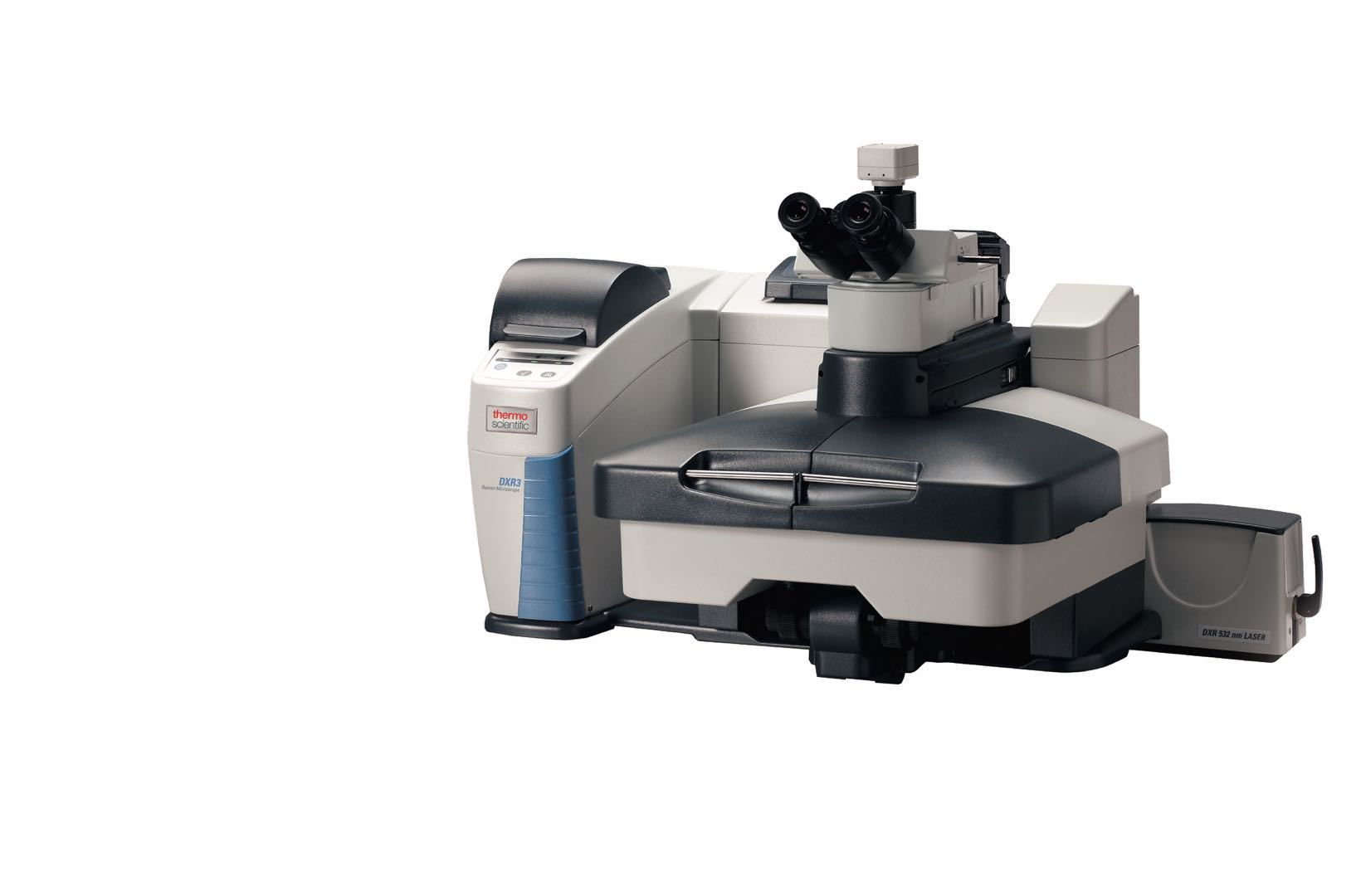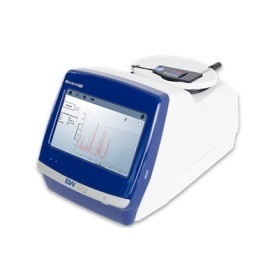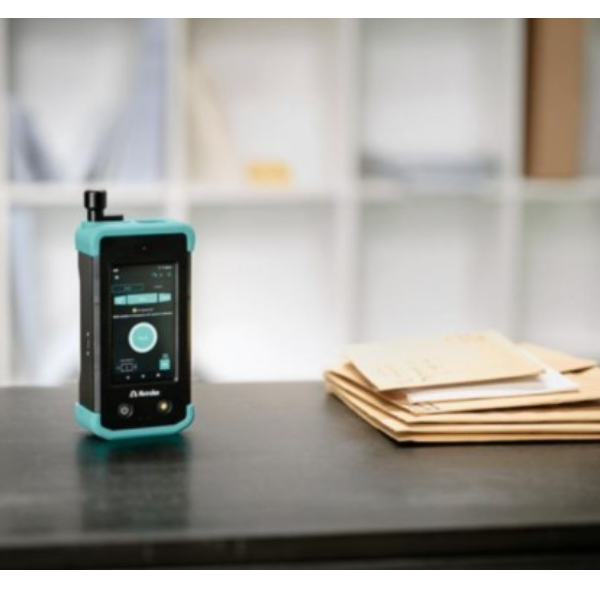Interactions of water and aqueous solutions with mineral
surfaces play an important role in a variety of environmental
processes. These processes include soil formation, cycling of
chemical elements in nature, mobility of heavy metals and
other contaminants as well as nutrients, and surface growth of
microorganisms (Brown et al., 1999). Such interactions are
affected by solution pH, the presence of dissolved ions, and
the surface structure of the solid. The objective of this project
is to use available experimental techniques and theoretical
approaches to develop a comprehensive microscopic picture of
how water and solutes interact with mineral surfaces.
方案详情

Earth Sciences DivisionResearch SummariesFundamental and Exploratory Research ProgramBerkeley Lab2002-200340 SUM-FREQUENCY SPECTROSCOPIC STUDIES OF MINERAL-WATER INTERFACES Glenn A Waychunas, Victor Ostroverkhov, and Y. Ron Shen Contact: Glenn A. Waychunas, 510/495-2224, gawaychunas@lbl.gov RESEARCH OBJECTIVES Interactions of water and aqueous solutions with mineralsurfaces play an important role in a variety of environmentalprocesses. These processes include soil formation, cycling ofchemical elements in nature, mobility of heavy metals andother contaminants as well as nutrients, and surface growth ofmicroorganisms (Brown et al., 1999). Such interactions areaffected by solution pH, the presence of dissolved ions, andthe surface structure of the solid. The objective of this projectis to use available experimental techniques and theoreticalapproaches to develop a comprehensive microscopic picture ofhow water and solutes interact with mineral surfaces. APPROACH To study the structure of water at a mineral surface, we usesum-frequency vibrational spectroscopy-a surface-specific tech-nique with monolayer sensitivity that can be applied under ambi-ent conditions (Shen, 1989). The technique is based on sum-fre-quency generation (SFG), a second-order nonlinear opticalprocess in which two intense input laser beams focused on themedium produce an output beam at the frequency ω=01+02. Theprocess is electric-dipole allowed only in noncentrosymmetricmedia, and thus it is capable of probing the molecular ordering atthe interface caused by the breaking of centrosymmetry at thesurface. One of the input beam frequencies is tunable in the rangeof system vibrational resonances (e.g.,water molecule vibrationsor metal-oxygen stretching vibrations). Hence, spectroscopicinformation is obtained from the water layer just at the surface,from which the orientational distribution and structural type ofmolecular species can be extracted. Figure 1. Sum frequency vibrational spectra for water on (a)(0001) alpha quartz surface and (b) vitreous silica surface as afunction of pH. The lower energy peak is due to ice-like struc-ture water, while the higher energy peak is due to water formingseveral hydrogen bonds. ACCOMPLISHMENTS In the past, SFG has been used to observe ice-like ordering ofwater molecules on a vitreous silica surface (Du et al.,1994). Here,for the first time we implement sum-frequency vibrational spec-troscopy to extend the study to the interface of liquid water and awell-characterized surface (0001) of crystalline quartz (o-SiO2)-one of the most abundant minerals. We have developed an exper-imental technique to differentiate a weak SFG signal from a strongbackground SFG generated in the bulk of quartz crystal (a well-known nonlinear crystal) by use of special experiment geometryand light polarization combinations. Sets of interface water vibra-tional spectra as a function of pH have been obtained (Figure1).Comparison with the case of vitreous silica shows that the crys-tallinity of the surface results in a higher degree of ordering in theinterfacial layers of water at a given pH. This is shown by a pro-nounced red-shifting of the peak associated with the symmetrical-ly(ice-like) coordinated species in the hydrogen bond network ofwater. With increasing pH, this peak also increases in intensity inboth series, reflecting increasing surface negative charge. The datasuggest that differing crystallographic surfaces may induce spe-cific variations in water structure in the first few layers, as well asmodification of response to pH and sorbing species. SIGNIFICANCE OF FINDINGS The measurements provide important information on themicroscopic behavior of water in contact with the surface of a-quartz under ambient conditions, and suggest that water on spe-cific mineral surfaces may differ in structural details. This couldin part explain the variations of reaction rates on particular min-eral surfaces. The study also provides additional constraints forpotentials used in molecular-dynamic simulations of water onmineral surfaces, and has allowed enhanced interpretation ofsum-frequency spectral features. RELATED PUBLICATIONS Brown, G.E., et al., Metal oxide surfaces and their interactionswith aqueous solutions and microbial organisms. Chem. Rev.,99(1),77-174,1999. Shen, Y.R., Surface-properties probed by 2nd-harmonic and sum-frequency generation. Nature, 337, 519-525,1989. Du, Q., et al., Vibrational-spectra of water-molecules at quartzwater interfaces. Phys. Rev. Lett. 72(2), 238-241, 1994. ACKNOWLEDGMENTS This project is supported by the Director, Office of Science,Office of Basic Energy Sciences, Division of Chemical Sciences,Geosciences, and Biosciences, of the U.S. Department ofEnergy under Contract No. DE-AC03-76-SF00098. The authors are grateful to EksplaitiLtd./Altos Inc. for use of their laser system.
确定
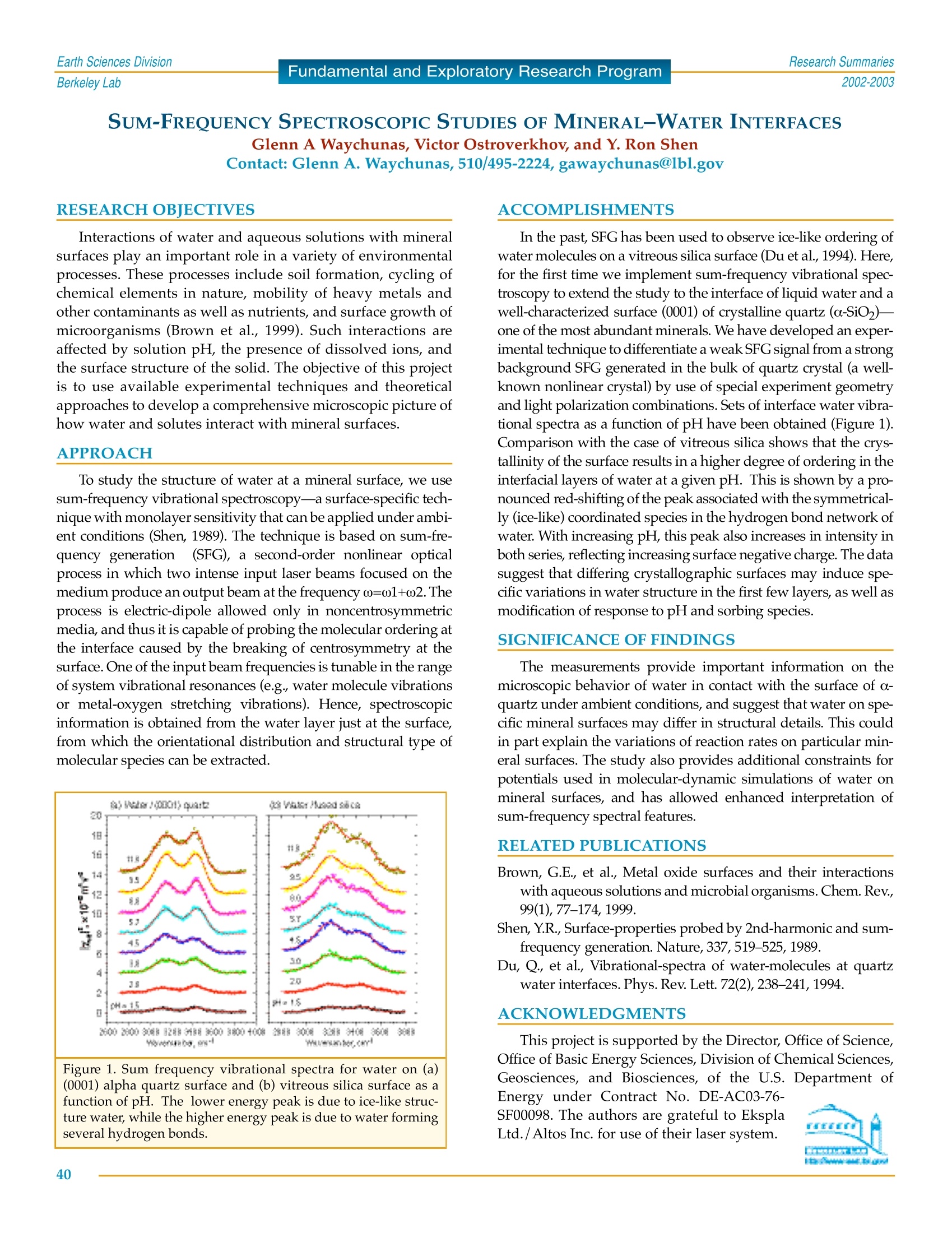
还剩1页未读,是否继续阅读?
北京欧兰科技发展有限公司为您提供《矿物/水界面中表面和频光谱(SFG)检测方案(其它光谱仪)》,该方案主要用于环境水(除海水)中表面和频光谱(SFG)检测,参考标准--,《矿物/水界面中表面和频光谱(SFG)检测方案(其它光谱仪)》用到的仪器有Ekspla SFG 表面和频光谱分析系统、Ekspla PL2230型高能量皮秒激光器、Ekspla CARS 相干反斯托克斯拉曼显微光谱仪
推荐专场
其它光谱仪
更多
相关方案
更多
该厂商其他方案
更多
